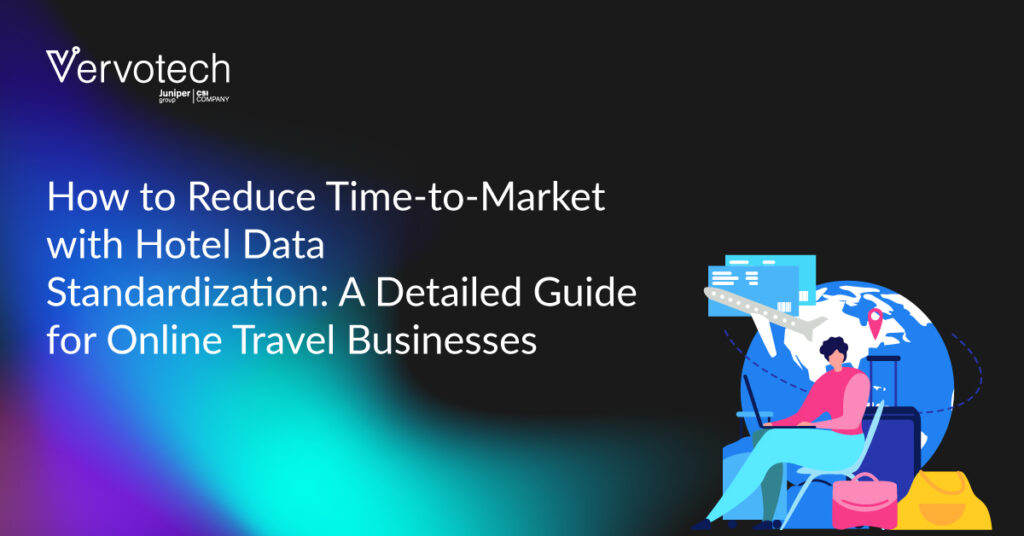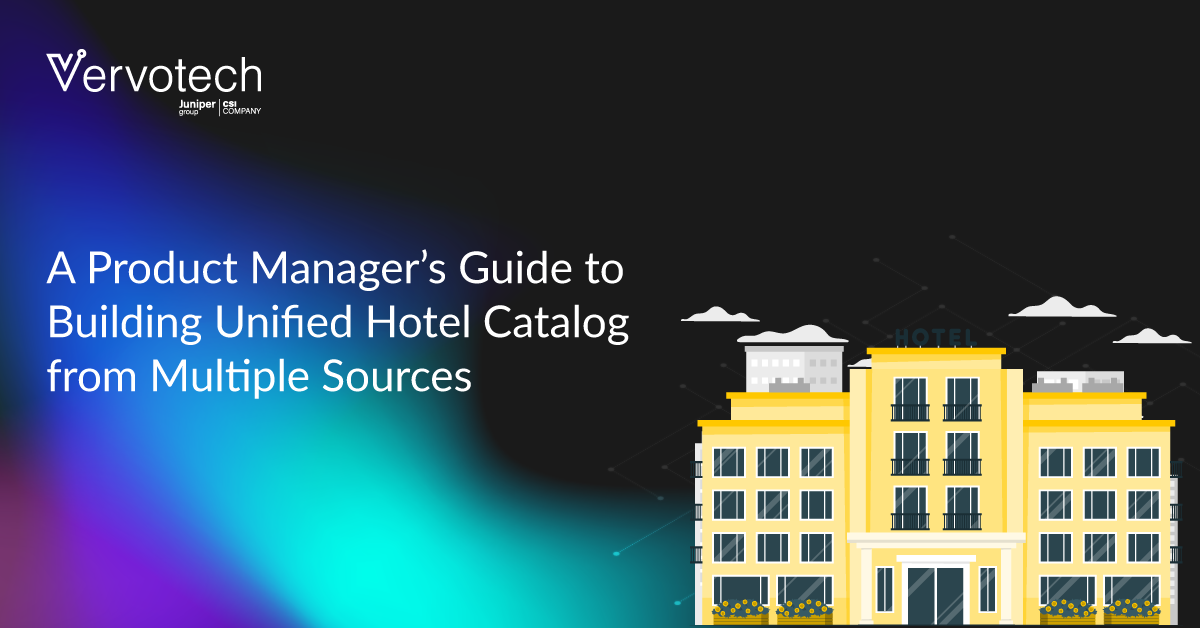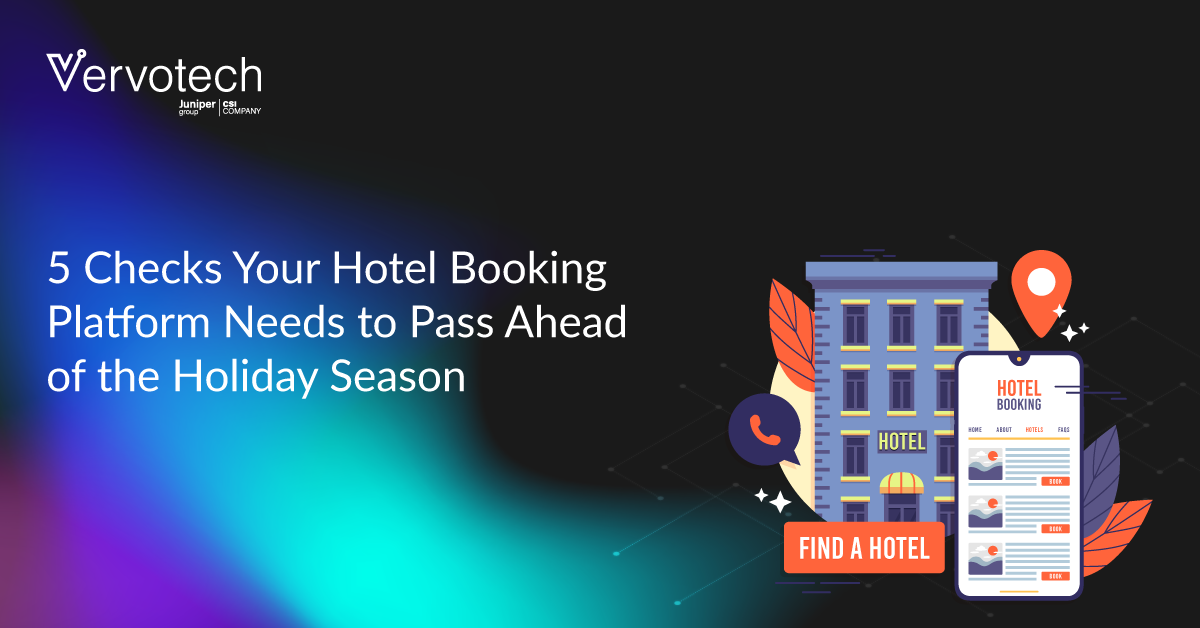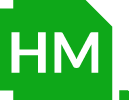In the race to attract and retain travelers, time-to-market has become a key differentiator for online travel businesses. The faster a travel booking platform can onboard new hotel inventory, launch in a new market, or integrate with a new supplier, the sooner it starts driving bookings and revenue.
But for most product and engineering teams, speed hits a wall, and that wall is messy, inconsistent with hotel data. In this guide, we’ll explore how hotel data standardization supported by automated mapping solutions can help travel businesses simplify their operations and scale faster, thus reducing the time to market.
TL; DR
- Slow time-to-market is often caused by fragmented, inconsistent hotel and room data from multiple suppliers.
- Hotel Mapping APIs help deduplicate and standardize hotel-level data by matching supplier listings to a master database.
- Room Mapping APIs align similar room types across sources, ensuring clean, unified room data and rate aggregation.
- Standardization accelerates supplier onboarding, reduces manual reconciliation, and simplifies expansion into new geographies.
- Product and engineering teams benefit from reduced technical debt, faster feature rollouts, and more scalable systems.
- Clean data isn’t a backend fix; it’s a growth enabler that directly impacts user experience and platform agility.
What Slows Down Time-to-Market?
To really understand what slows down the time to market, let’s understand supplier data. Most OTAs and travel booking platforms source hotel data from multiple channels like GDSs, wholesalers, and bed banks. For example, EAN, Hotelbeds, etc. Each channel has its own naming conventions, formats, and inconsistencies.
When hotel inventory from multiple channels comes together, it is rarely unified or structured. Every listing has its own version of hotel name, incorrectly labeled hotel rooms, incorrect geotags, locations of some hotels are off by several kilometers, missing images, and room details that don’t match the respective hotel.
So naturally, travel tech teams spend weeks standardizing this hotel data manually- matching room details with those on the respective hotel websites, eliminating duplicates, and more. And what’s even worse is that every time a new feed is added, this process is repeated. Doing so eventually slows down the rollouts, eats into their engineering bandwidth that could be spent on improving other aspects of their platform or user experience, and often delays their revenue opportunities.
This is the reason why reducing the time to market isn’t just about moving fast; it is about removing the bottlenecks that slow it down in the first place, which, in this case, is inaccurate hotel data. Standardizing hotel inventory at source is one way for the product teams to reclaim their time, reduce manual effort, and go live with confidence.
To keep up with the dynamic travel market, online travel businesses today are under constant pressure to expand their hotel inventory, diversify their hotel content sources, and introduce local experiences to the users, but each new update in the feed triggers a ripple effect of hotel data cleanup.
For product and ops teams in online travel businesses, the real blocker isn’t building features; it’s ensuring the data powering those features is reliable.
This leads us to a key insight: launching fast doesn’t depend only on your engineering speed. It depends on the quality and consistency of the data flowing into your system. Without a clean, standardized foundation, every integration becomes a custom project. Time-to-market slows, errors slip through, and technical debt piles up.
Also Read: Why Is Hotel Data Standardization Important For Travel Businesses?
What Does Hotel Data Standardization Look Like in Practice?
Standardizing hotel data means eliminating the factors that slow down ‘time-to-market’, such as duplicates, misaligned room descriptions, inaccuracy in location, images, etc., and making it ready to be used across online travel platforms.
The hotel data standardization process has several layers:
Property-level data: Consistent hotel names, addresses, geolocation, images, and star ratings
Room-level data: Uniform categorization of room types, amenities, occupancy, and cancellation policies
Deduplication logic: Automated matching of hotels across suppliers, eliminating duplicates at the source
Standardizing hotel data not only improves accuracy, but also eliminates manual tasks from the pipeline when done with an automated tool like a hotel mapping api. Let’s learn how.
How to Standardize Hotel Data with Hotel Mapping API?
Hotel data standardization isn’t just about cleaning hotel names or fixing typos in hotel descriptions.
For online travel businesses like OTAs, TMCs, and hotel booking websites, it’s about ensuring every property and room maps to a single, unified version that your hotel booking system can recognize, manage, and display without duplication or inconsistency. That’s where Hotel Mapping APIs and Room Mapping APIs come in. Together, they form the backbone of scalable hotel data standardization. To help you understand how they help standardize hotel data, we’ve broken down how each one of them works:
How Hotel Mapping API Works
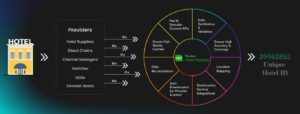
A Hotel Mapping API helps standardize fragmented supplier data by matching it to a centralized master database. When your platform pulls hotel inventory from multiple suppliers, each property is submitted to the API with key identifiers such as hotel name, address, location coordinates, and contact details.
The API evaluates these attributes using advanced matching algorithms to determine if the hotel already exists in the master database. If a match is found, the API returns a unique, standardized hotel ID that links the supplier version to your platform’s internal reference. This removes duplicates at the source and ensures your system maintains a single, accurate listing per property, regardless of how many suppliers list it.
For example, through its perfected AI-native and Machine Learning algorithms, Vervotech’s Hotel Mapping API maps your hotel content with unparalleled 99.999% accuracy from over 400 suppliers. It eliminates all duplicate or erroneous hotel listings with a single solution mapping API and seizes every booking opportunity to maximize your revenue.
How Room Mapping API Works

Room-level discrepancies are even more complex than hotel-level mismatches. Different suppliers often use various names, labels, or descriptions for the same room type.
A Room Mapping API helps bring order to such room-type chaos by intelligently grouping similar rooms under a unified room type ID. It compares room attributes like bed type, view, amenities, occupancy, and prices to identify equivalence across suppliers.
This allows your platform to display aggregated room rates, apply consistent filters (e.g., “sea view” or “king bed”), avoid confusion in search results or booking flows, and ensure your users always see clean, consistent room information even when the data is sourced from different channels.
Why Do Mapping APIs Work?
When you integrate Hotel Mapping API & Room Mapping APIs API into your hotel booking platform, they work behind the scenes to help product and engineering teams streamline hotel inventory onboarding, reduce reconciliation cycles, and deliver a consistent user experience by removing ambiguity at source.
What happens next is that instead of displaying supplier data as it is, your travel platform displays standardized, error-free, and deduplicated hotel properties. This not only reduces technical debt but also helps build a scalable foundation for growth.
For product teams, this translates into a clear value addition: no more writing one-off mapping logic, no more manually merging hotels, no more delays caused by dirty data. Just clean inventory, ready to go live.
Scaling with Speed Needs Clean Foundations
As an online travel business, you want to move faster, whether it’s about launching new markets, onboarding partners, or testing new booking flows. But rushing the process without fixing foundational data can create more friction.
Clean data is no longer a backend concern. It’s a growth enabler. The faster your data flows cleanly through your system, the faster your platform can respond to business opportunities.
Investing in a trusted accommodation mapping solution like Vervotech today will help you adapt faster and win over digital travelers.
Start mapping with Vervotech- the world’s most loved mapping solutions provider
Book a demo or Start a Free Trial
Frequently Asked Questions (FAQs)
What is hotel data standardization, and why is it important for travel platforms?
Hotel data standardization involves normalizing and structuring property and room information from various suppliers into a unified format. It ensures consistent display, accurate deduplication, and faster onboarding, ultimately reducing time-to-market.
How does a Hotel Mapping API help in reducing time-to-market?
A Hotel Mapping API automatically matches supplier hotel listings to a master database, eliminating duplicate properties and cleaning metadata. This removes the need for manual reconciliation and speeds up supplier integrations.
What types of mismatches does a Room Mapping API resolve?
Room Mapping APIs resolve inconsistencies in room naming, amenities, occupancy, and rate plans across suppliers. They group equivalent room types, enabling consistent display and aggregation of rates from multiple sources.
Can Hotel & Room Mapping APIs integrate with existing booking systems?
Yes. Mapping APIs are built to be system-agnostic and can be integrated into your existing tech stack via RESTful APIs, allowing real-time data processing without overhauling your infrastructure.
What happens if a hotel or room doesn’t match any existing entity in the database?
If no match is found, the mapping system either flags the record for review or creates a new unique entity, ensuring your inventory remains comprehensive and clean without duplicates.
How does standardization impact the end-user experience?
Standardized hotel and room data ensures accurate search results, consistent filtering, and a reliable booking experience, reducing user drop-offs and increasing trust.
